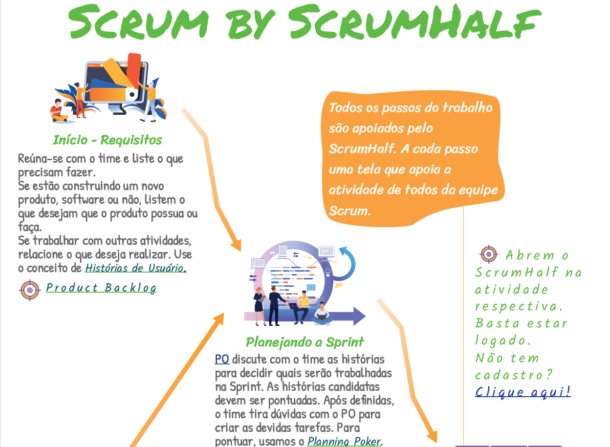GATHER DATA. This is the 2nd stage of a retrospective meeting, as presented in the first post of the Agile Retrospective series.
The purpose of this step is to create a shared and more detailed view of what happened during a work cycle, or a sprint (for those using Scrum).
Not everyone has the same view on the same fact. Looking from different angles, that is, looking through the eyes of several team members, helps to better understand the scenario and better analyze the facts to build better solutions for improving the work process.
When people look only at their own data, the team is less likely to commit to changes and experiments. (Esther Derby and Diana Larsen – Agile Retrospectives)
This is a very important step in the retrospective, as it will provide material for the following steps: “generating ideas” and “deciding what to do”. So it is important to reserve between 20% and 50% of the total duration of the retrospective meeting for this stage. In other words, for a 2-hour retrospective, set aside 25 to 60 minutes to collect data about what happened during the sprint.
The data to be collected can be: metrics, problems, difficulties, joys, work progress, absences of team members, important decisions taken during the sprint, adoption of new technologies, impediments, speed, bugs found during the work, dynamics of work among team members, changes in the team or project, etc.
The traditional method that is used to collect data is that in which team members write positive points in post-its in one color (yellow, for example) and negative points in post-its in another color (blue, for example) . However, there are several techniques that can be used and interspersed with this traditional technique to support the team in this process and to diversify and not make this work monotonous, repetitive and with time spent and worthless.
Other techniques can help to work out facts and feelings separately. When we use the traditional method, the person already classifies the data according to his feeling, informing if the data was something positive or negative.
Separating fact from feeling is also important to increase the power of analysis. However, both are important to lead to better thinking and acting on the solution.
Without feelings data, the team may not address the topics that are most important to them. (Esther Derby and Diana Larsen – Agile Retrospectives)
To finalize the list below other posts in the series:
3. Preparing the Stage for the Retrospective – 1st stage
References
[1] – Agile Retrospectives. Making Good Teams Great, Esther Derby & Diana Larsen, The Pragmatic Programmers







